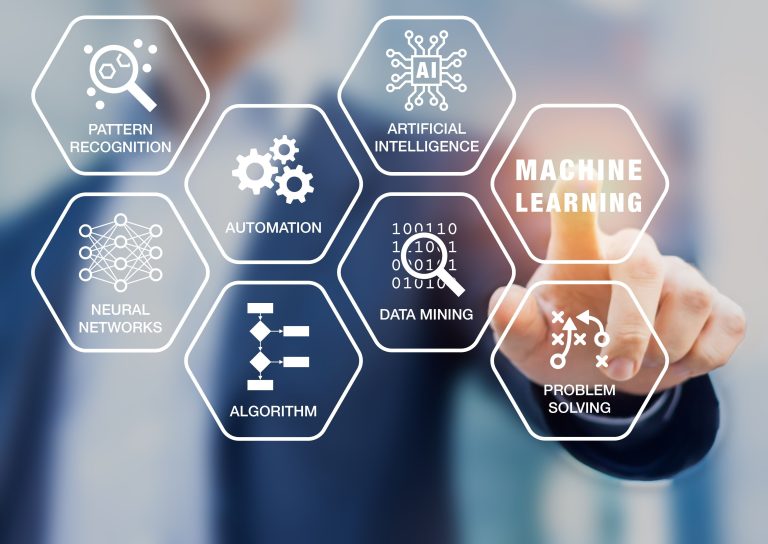Hey everyone! Let’s dive into an exciting tech duo that’s transforming the research landscape: speech recognition and machine translation https://lingvanex.com/. This combo is like the dynamic duo of the research world, making data collection, analysis, and dissemination more efficient and far-reaching.
Streamlining Data Collection
First up, speech recognition. Picture a researcher conducting interviews or fieldwork. Instead of scribbling notes furiously, they can use speech recognition to convert spoken words into text, right on the spot. It’s like having a super-efficient, tireless assistant who captures every word accurately.
Breaking Down Language Barriers
Then, there’s machine translation. Imagine accessing research papers, articles, or data in foreign languages without missing a beat. Machine translation jumps in, converting these documents into a language you understand. It’s like having a personal translator at your beck and call, ready to unlock global knowledge.
Faster, More Inclusive Research
Combining these two technologies means research becomes faster and more inclusive. You can swiftly gather and analyze data from diverse sources and languages, making your research richer and more comprehensive. It’s like widening your research net to capture a broader range of insights and perspectives.
Enhancing Collaboration Across Borders
Collaboration is key in research. This tech combo facilitates seamless communication among international research teams. Speech recognition captures discussion points in meetings, while machine translation bridges the language gaps. It’s like knitting a global research team closer together, regardless of language differences.
Real-Time Translation in Conferences and Seminars
Imagine attending international conferences where speakers present in various languages. The combo of speech recognition and machine translation https://lingvanex.com/translation/english-to-japanese can provide real-time translations, making it easier to follow and participate in discussions. It’s like having an instant understanding of global discourse.
Ensuring Accuracy and Context
While these technologies are powerful, they’re not infallible. They can sometimes struggle with technical jargon or cultural nuances. However, when used alongside human expertise, they can significantly enhance the accuracy and context of translations and transcriptions.
Empowering Researchers with Disabilities
This technology duo is also a game-changer for researchers with disabilities. Speech recognition, in particular, can be a vital tool for those who face challenges with traditional typing or writing, ensuring that everyone in the research community has a voice.
In Conclusion
The combination of speech recognition and machine translation is a potent one for the research community. It streamlines data collection, breaks down language barriers, and fosters global collaboration. As these technologies continue to evolve, they promise to further democratize research and knowledge-sharing. Here’s to a future where technology empowers researchers to reach new heights and explore uncharted territories in the quest for knowledge!

